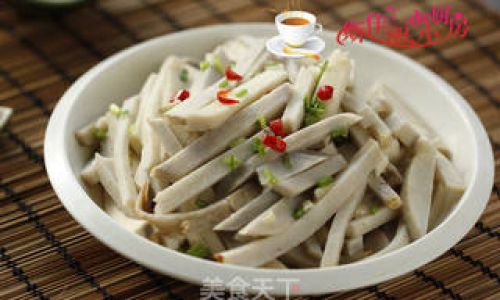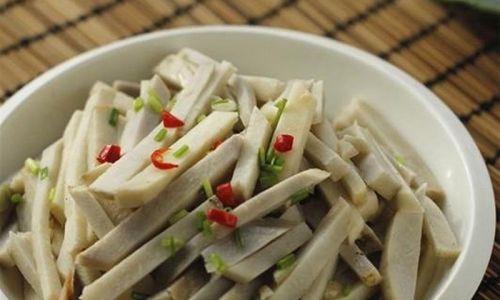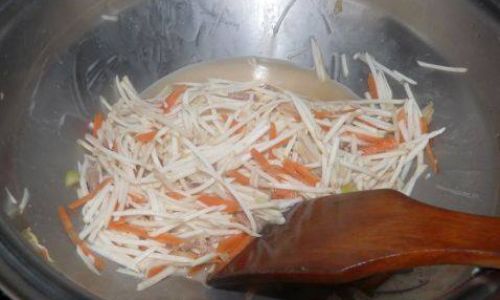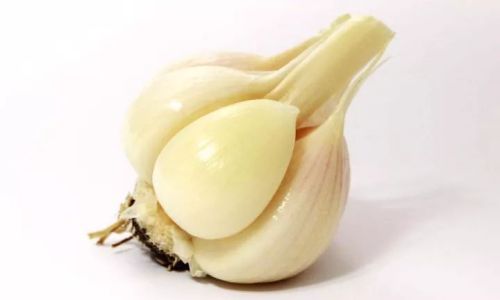Table of content
Stir-fried taro slices, a dish celebrated for its crispy texture and savory flavor, is a beloved staple in many Asian cuisines. This humble vegetable, often overlooked, transforms into a culinary masterpiece when prepared with precision and care. Whether you’re a seasoned home cook or a curious novice, this guide will walk you through the intricacies of creating stir-fried taro slices that rival those served in high-end restaurants. From selecting the freshest ingredients to mastering the stir-fry technique, we’ll explore every facet of this dish to ensure your success.
The Allure of Stir-Fried Taro Slices
Taro, a root vegetable scientifically known as Colocasia esculenta, boasts a starchy, nutty flavor that lends itself beautifully to stir-frying. When sliced thinly and cooked until golden, it develops a satisfying crunch while retaining a tender interior. This contrast in textures, combined with aromatic seasonings, makes stir-fried taro slices a versatile dish that pairs well with rice, noodles, or even as a standalone snack.
Beyond its delicious taste, taro is a nutritional powerhouse. Rich in dietary fiber, vitamins, and minerals, it offers a range of health benefits, from aiding digestion to boosting immune function. By stir-frying, we preserve these nutrients while minimizing the need for excessive oil, making this dish both wholesome and indulgent.
Ingredients: The Foundation of Flavor
To embark on your stir-fried taro journey, gather the following ingredients:
- Taro Root (1 medium-sized, approximately 500g): Choose firm, unblemished taro with smooth, brown skin. Avoid specimens with soft spots or sprouts.
- Cooking Oil (2-3 tablespoons): Opt for neutral oils like vegetable or peanut oil to avoid overpowering the taro’s natural flavor.
- Aromatics:
- Garlic (3-4 cloves, minced)
- Ginger (1-inch piece, grated)
- Shallots or red onion (1 small, thinly sliced)
- Seasonings:
- Soy sauce (1 tablespoon, light soy for salinity)
- Oyster sauce (1 teaspoon, optional but enhances umami)
- White pepper (¼ teaspoon)
- Sugar (½ teaspoon, to balance flavors)
- Garnishes:
- Fresh cilantro or green onions (chopped, for garnish)
- Sesame seeds (toasted, for crunch)
- Optional Add-Ins:
- Dried chili flakes (for heat)
- Bell peppers or carrots (julienned, for color and crunch)
- Protein (shredded chicken, tofu, or shrimp)
Preparation: The Key to Crispy Perfection
Peeling and Slicing the Taro
Peeling taro requires caution, as its skin can irritate sensitive skin. Wear gloves if necessary. Using a sharp knife, trim the ends and slice the taro into rounds about ¼-inch thick. Stack the rounds and cut them into matchsticks (julienne) or thin slices. Uniformity ensures even cooking.

Soaking to Remove Excess Starch
Taro contains natural starches that can cause stickiness during cooking. Soak the slices in cold water for 10-15 minutes, then drain and pat dry with a kitchen towel. This step guarantees crispiness.
Prepping the Aromatics
Mince the garlic, grate the ginger, and slice the shallots. Have these ready near the stove, as stir-frying demands quick movements.
Cooking Technique: The Dance of the Wok
Heating the Wok
A well-seasoned carbon-steel wok is ideal for high-heat stir-frying. Heat it over medium-high flame until droplets of water evaporate instantly. Add the oil and swirl to coat the surface.

Sautéing Aromatics
Add the garlic, ginger, and shallots to the hot oil. Stir-fry for 30 seconds until fragrant but not browned. Burnt aromatics will impart bitterness, so vigilance is key.
Introducing the Taro
Add the dried taro slices to the wok. Spread them evenly to ensure each piece contacts the hot surface. Avoid overcrowding the pan, as this lowers the temperature and steams the taro instead of frying it.
Stir-Frying Mastery
Stir-fry the taro for 5-7 minutes, tossing continuously with a spatula. The goal is to achieve golden-brown edges while maintaining a tender center. If the wok becomes dry, add a splash of oil or a tablespoon of water to prevent burning.

Seasoning to Taste
Drizzle the soy sauce, oyster sauce (if using), and sprinkle sugar and white pepper over the taro. Toss quickly to coat evenly. Taste and adjust seasonings—add a pinch of salt if needed, but remember that soy sauce is already salty.
Final Flourishes
For added texture, toss in optional add-ins like bell peppers or chili flakes during the last minute of cooking. Transfer the stir-fried taro to a serving plate immediately to halt cooking.
Tips for Culinary Excellence
- Uniformity is King: Slice taro evenly to prevent uneven cooking. A mandoline slicer can help achieve consistent thickness.
- Soak Religiously: Never skip the soaking step—it’s non-negotiable for crispiness.
- High Heat, Quick Hands: Stir-frying thrives on high heat and rapid movement. Preheat your wok adequately and keep ingredients within arm’s reach.
- Taste as You Go: Adjust seasonings gradually. It’s easier to add than to correct over-salting.
- Garnish Creatively: A sprinkle of toasted sesame seeds or chopped cilantro elevates both flavor and presentation.
Serving Suggestions
Stir-fried taro slices shine in various contexts:

- As a Side Dish: Pair with steamed rice, garlic-fried greens, and a protein like teriyaki salmon.
- In Wraps or Lettuce Cups: Use as a filling for lettuce wraps with hoisin sauce and crushed peanuts.
- As a Snack: Serve warm with a dipping sauce of soy sauce, rice vinegar, and chili oil.
Health Benefits of Taro
Beyond its culinary appeal, taro offers notable health advantages:
- Dietary Fiber: Promotes digestion and supports gut health.
- Antioxidants: Combats oxidative stress, reducing inflammation.
- Vitamins and Minerals: Rich in vitamin C, vitamin E, potassium, and magnesium.
- Low Glycemic Index: Suitable for those managing blood sugar levels.
Variations to Explore
- Spicy Taro Stir-Fry: Add sliced Thai chilies or Sichuan peppercorns during the aromatics stage.
- Vegetarian Delight: Incorporate mushrooms, baby corn, and water chestnuts for a hearty meatless meal.
- Coconut-Infused Taro: Finish with a splash of coconut milk and a squeeze of lime for a tropical twist.
Troubleshooting Common Pitfalls
- Soggy Taro: Overcrowding the pan or insufficient heat causes steaming. Cook in batches if needed.
- Bland Flavor: Ensure adequate seasoning and balance with a touch of sugar to heighten umami.
- Burnt Aromatics: Keep a close eye on garlic and ginger—they cook quickly.
Conclusion: A Dish Worth Mastering
Stir-fried taro slices are more than a meal; they’re a testament to the magic of simplicity. With patience, practice, and a dash of creativity, you can elevate this humble vegetable into a dish that delights the senses and nourishes the body. Whether you’re cooking for a weeknight dinner or impressing guests, mastering this recipe opens doors to endless culinary possibilities. So grab your wok, sharpen your knife, and let the taro’s earthy aroma fill your kitchen—your journey to stir-fry perfection awaits.





0 comments